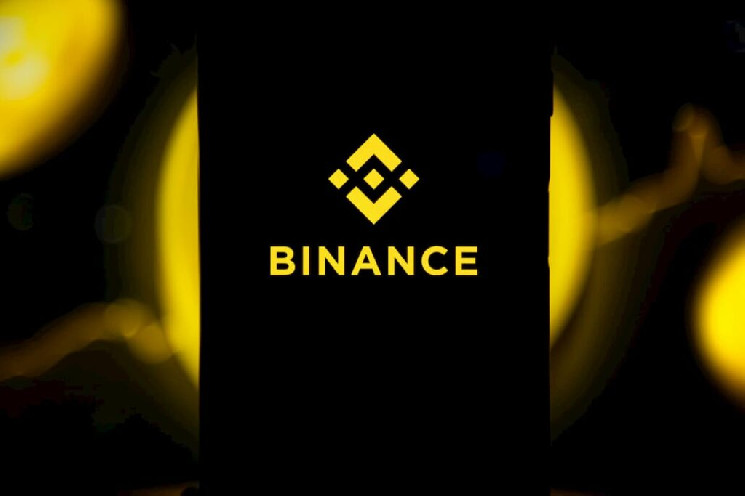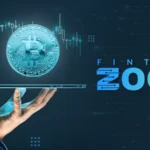Cryptocurrency Trade Binance has launched a brand new report detailing some inefficiencies relating to airdrops and classes that might transfer ahead.
Based on the trade, the affected airdrops fall into two classes. The primary sort is retroactive, and tasks often shock present customers with rewards.
The second group is Engagement Airdrops. This can be a pre-announced occasion designed to draw new customers and match rising tasks. Relying on the stage of the challenge, each airdrops concentrate on quite a lot of targets.
Trade relating to classes from present inefficiencies The place does our airdrop go? We highlighted a number of challenges that have an effect on one of these token distribution, together with planning inefficiency, considerations about insider allocation, and technical points.
Decreasing quotas
The primary situation cited within the March 2025 Binance Analysis Report was last-minute allocation reductions, of which Redstone Airdrop is a perfect instance. Earlier than the official distribution, the crew diminished the primary neighborhood portion from 9.5% to five%.
The outcome was a large backlash from neighborhood members, with considerations about unfair therapy of customers. The report warned that such sudden adjustments would present poor plans to undermine neighborhood belief.
As a lesson, Binance really helpful locking token allocation previous to token era occasions (TGEs), avoiding unilateral selections and involving key stakeholders, resembling traders and neighborhood members, to advertise transparency in communication.
Opaque Eligibility
One other recognized mistake is an opaque eligibility standards, which may result in claims of favor and unmet expectations. Due to this pitfall, Binance identified Scroll’s October 2024 air stoppage of 70 million SCR tokens (7% of its provide).
Airdrop was supposed to reward mainnet actions resembling transaction volumes and DAPP engagement, however on October 19, 2024, the snapshot baffled customers resulting from non-public guidelines and inconsistent reward distribution.
To deal with this, the report steered that the challenge would draw on instruments resembling on-chain surveillance and proof of humanity to stipulate participation guidelines that enable people to make the most of instruments resembling creating a number of pretend accounts and misuse token distributions.
Distribution of many insiders and influencers
One other extended ache with airdrops is a distribution that’s extra frequent with insiders and influencers. Tasks prioritize groups, traders and VCs over neighborhood.
The most recent challenge going through such a backlash was Kite’s February 2025 Airdrop. Curiously, the platform allotted 43.3% to groups and traders, and with giant influencer funds, solely 10% was allotted to the neighborhood. On this case, the influencer reportedly dumped the token and scrutinized the Kite’s insider’s focus.
Whereas acknowledging the necessity to fund growth, Binance famous that extreme allocation to insiders might destabilize token costs and alienate supporters. The report referred to as for a vesting interval and lock-up to curb instant gross sales, and required all stakeholders to be tailor-made to the challenge’s long-term imaginative and prescient.
Technical boundaries
Lastly, technical boundaries to the billing course of, resembling these skilled at Magic Eden’s December 2024 Airdrop, undermine consumer onboarding. Airdrop was supposed to advertise Magic Eden cell wallets, however was stricken by glitches and unclear directions, resulting in widespread dissatisfaction amongst neighborhood members.
To deal with this situation, Binance highlighted the significance of a easy and intuitive claims course of, warning that technical points can scale back funds and forestall customers from additional engagement with the challenge.
Future, the report recommends elevated transparency, improves monitoring to additional interact the neighborhood and enhance future airdrop methods.












